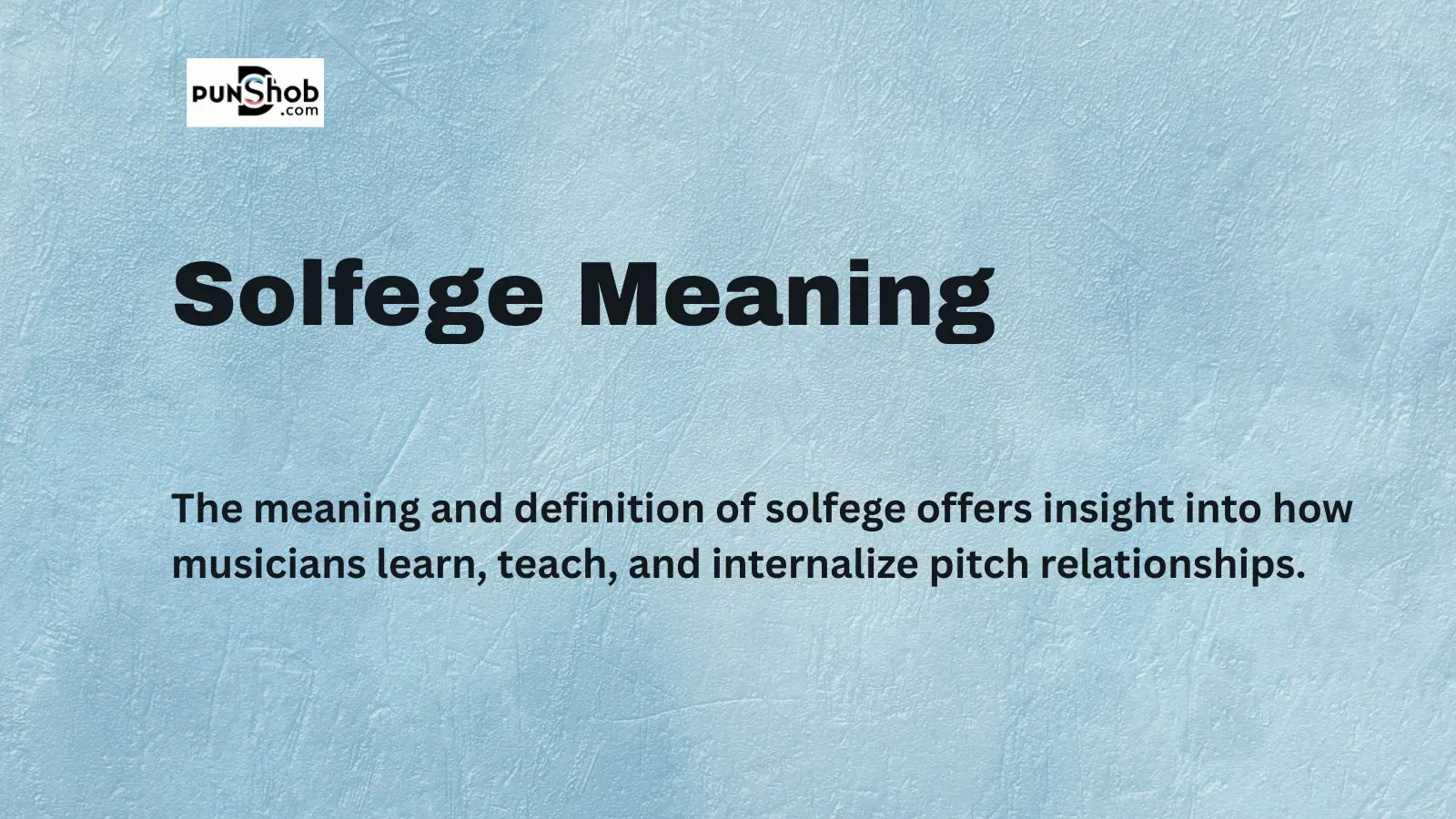Social media has changed the way we see fame. It turned ordinary people into influencers. But with this rise comes a darker side. This is where the Influencers GoneWild trend begins. It shows us what happens when online fame goes too far. This article explains it in simple words. It dives deep into the causes, examples, and effects of this viral culture.
Understanding the “Influencers GoneWild” Phenomenon
The phrase “Influencers GoneWild” has become a popular way to describe influencers acting out. These are moments when they go viral for the wrong reasons. Sometimes it’s wild behavior. Other times, it’s dangerous or unethical content. But it always grabs attention.
What Does “GoneWild” Really Mean in the Digital Age?
In social media terms, “GoneWild” means crossing the line. It refers to stunts, comments, or posts that shock or disturb people. These moments usually get millions of views. Some influencers do it by accident. Others do it for clicks. Either way, they go viral quickly.
How the Trend Originated and Went Mainstream
This trend started slowly. At first, only a few influencers behaved this way. But then it became a pattern. With platforms like TikTok and Instagram, any wild act can be seen by millions. The media picks it up, and suddenly, everyone’s talking about it.
Key Characteristics of Influencers GoneWild Moments
These moments often involve anger, nudity, scams, or lies. The influencer’s actions usually hurt someone or cause drama. Most of these incidents happen in public or on live streams. The goal is often attention, but the results are mixed.
The Rise and Reach of Social Media Influencers
The number of influencers has grown a lot in the past ten years. Some now have more followers than TV stars. They make money, gain fame, and even become role models.
From Ordinary Users to Internet Celebrities
Many influencers started with nothing. They posted beauty tips or daily vlogs. But with time and engagement, they became huge stars. Now they partner with brands and earn millions. This shows the power of digital platforms.
Platforms That Propel Influencers to Fame
Social media plays a big role. Instagram, YouTube, TikTok, and Twitch are the most common platforms. Each one gives influencers tools to grow fast. These platforms reward engagement, which pushes people to create bold content.
The Business of Influence: Monetization and Brand Deals
Influencers earn money in many ways. They get brand deals, paid sponsorships, and ad revenue. Here’s a quick look at their income sources:
| Revenue Stream | Description |
|---|---|
| Brand Sponsorships | Paid to promote products |
| Affiliate Marketing | Earn commissions per sale |
| Ad Revenue | Paid by platforms for views |
| Merchandise Sales | Selling branded items |
| Crowdfunding (e.g., Patreon) | Monthly support from fans |
But this pressure to earn can push influencers to take risks.
Why Influencers Go Wild: The Psychology Behind the Behavior

Behind the fame is a strong urge to stay relevant. That’s why some influencers act out. Fame is addictive. And losing it is scary.
The Hunger for Attention and Virality
Influencers rely on views and likes. Without them, they fade away. So they try extreme things to stay in the spotlight. Going viral means more followers, which means more money.
Fear of Irrelevance and Peer Pressure
The fear of being forgotten is real. If an influencer doesn’t post daily, they can lose followers. Also, seeing other influencers go viral creates pressure. They feel they need to outdo each other.
The Role of Algorithms in Encouraging Extremes
Social media platforms use algorithms to promote content. The wilder the post, the more engagement it gets. This creates a loop. Influencers post shocking things. The algorithm boosts them. They do it again.
Controversial Examples of Influencers GoneWild
These cases show how fame can lead to wild behavior. Some are harmless. Others cause real damage. Below are some shocking examples from recent years.
Reckless Stunts and Dangerous Challenges
Many influencers have done dangerous stunts. One man climbed a skyscraper without safety gear. A woman faked a kidnapping. These acts went viral but were risky.
Scams, Fraud, and Deceptive Promotions
Some influencers promoted fake products. Others ran fake giveaways. One famous case involved an influencer who sold fake online courses. Followers lost money and trust.
Emotional Outbursts and Public Meltdowns
Public fights, breakdowns on live streams, and angry rants are common. These moments go viral quickly. But they also damage the influencer’s reputation.
Exploiting Relationships or Personal Tragedies
Some influencers post about personal breakups just for views. Others fake family problems. One influencer even staged a funeral for clicks. These acts feel dishonest to many fans.
Offensive Content and Cultural Insensitivity
Posting racist, sexist, or offensive jokes has become part of the problem. Some influencers have faced backlash for mocking traditions or misusing culture. This leads to massive public anger.
The Fallout: Consequences of Going Too Far
Going wild may bring fame. But it also brings consequences. Many influencers lose deals or even their entire careers.
Loss of Followers and Sponsorships
Brands don’t want to be linked to scandals. When an influencer crosses the line, sponsors often leave. Followers also unfollow quickly. This means less income and lower reach.
Legal Action and Platform Bans
Some influencers have faced court cases. Others were banned from platforms. If the action is too wild or illegal, companies step in. TikTok and YouTube have strict rules now.
Emotional Burnout and Mental Health Decline
The pressure to stay famous causes burnout. Constant posting, hate comments, and online drama lead to anxiety. Many influencers talk about mental health struggles now.
Impact on Personal Brand and Career Longevity
Wild behavior may bring short-term fame. But it damages long-term trust. Once the public loses faith, it’s hard to come back. The brand value drops quickly.
Redemption and Reinvention After Going Wild
Some influencers bounce back. But it’s not easy. They need to work hard to regain trust.
Real Apologies and Redemption Stories
Some influencers make honest apologies. They admit their mistakes and show they’ve changed. Fans often forgive those who are sincere. One famous case involved an influencer who took a year-long break to reflect and returned with a new image.
How Some Influencers Rebranded Successfully
Changing the type of content can help. For example, one influencer stopped pranks and started talking about mental health. The audience appreciated the growth. Rebranding works when it feels honest.
Rebuilding Audience Trust
Trust takes time. Consistent, kind, and helpful content helps. Fans want to see growth. If the influencer becomes a better person, they might win people back.
The Role of Viewers and Brands in the Wild Cycle
Viewers and brands are part of the problem too. The demand for shocking content keeps the cycle going.
Why Do Audiences Keep Watching?
People are curious. They like drama. Watching influencers go wild feels exciting. But this also encourages more wild behavior. More views mean more drama.
Brand Accountability and Ethical Sponsorships
Brands should pick influencers carefully. They must support ethical behavior. If they back wild influencers, it sends a bad message. Brands have power. They should use it well.
Viewer Responsibility: Support or Call-Out?
Viewers must think before liking or sharing. Supporting toxic behavior makes it worse. Instead, they can support honest, kind influencers. This helps shift the culture.
Influencers GoneWild in Niche Categories

This trend is not limited to one field. It happens across many influencer types.
Fashion and Beauty Influencers
Some post bold looks just to shock people. Others start drama with other creators. These tactics often work. But they can hurt reputations too.
Fitness, Lifestyle, and Vlogging Stars
Fitness influencers may promote unhealthy routines. Lifestyle vloggers sometimes fake luxury lives. When the truth comes out, fans feel betrayed.
Twitch Streamers and YouTubers GoneWild
Live streams often show raw, unfiltered behavior. Some streamers rage or cry online. Others do pranks or wild dares for donations. These platforms are full of viral moments.
Regulatory and Ethical Considerations
There is growing talk about laws and ethics. Governments and platforms are stepping in.
Current Guidelines Around Influencer Behavior
Most platforms now have rules. TikTok, YouTube, and Instagram can ban accounts. They also remove harmful content. But rules still vary a lot by country.
What Platforms and Governments Are Doing
Some governments now regulate influencers. They ask them to label ads and avoid fake news. Platforms are also adding warning systems and safety filters.
Future of Influencer Regulation
We may see new global laws. These could protect viewers and hold influencers accountable. The future may bring better control over what content is allowed.
What the Future Holds for Influencer Culture
Influencer culture is always changing. People want more honesty now.
New Trends and Shifting Audience Expectations
Audiences now love raw and real content. They want less drama and more truth. Influencers who show real life—not just glamor—are growing faster.
The Rise of Authenticity and Raw Content
Posts that show failure, hard work, or sadness are gaining attention. People are tired of fake perfection. Authenticity is now the most valuable thing online.
Navigating the Landscape as a Responsible Influencer
Good influencers focus on helping others. They avoid wild content. They also speak up about mental health, honesty, and respect. These creators are leading the new wave.
Frequently Asked Questions
What does “Influencers GoneWild” mean?
It refers to influencers doing wild or controversial things online. These acts often go viral and shock audiences.
Why do influencers act out on social media?
They want more views, likes, and attention. Fame and pressure can lead to extreme behavior.
Is going viral always good for influencers?
Not always—it can bring fame but also backlash. Some lose fans or brand deals after such actions.
What are common examples of “going wild”?
They include stunts, scams, public meltdowns, or offensive content. These moments usually attract lots of views.
Can influencers be banned for bad behavior?
Yes, platforms can ban or suspend them. Some even face legal trouble or public shame.
How do brands respond to wild influencers?
Brands often cut ties with them. No company wants to be linked to negative behavior.
Do fans support influencers who go wild?
Some fans stay loyal, others leave. It depends on the act and how the influencer handles it.
Can influencers recover from scandals?
Yes, but it takes time and effort. Honest apologies and better behavior can help rebuild trust.
What role do algorithms play in this trend?
Algorithms push viral content, even if it’s harmful. This rewards wild behavior with more reach.
How can viewers help reduce this trend?
By not liking or sharing toxic content. Supporting honest creators can change the culture.
Conclusion
Why Awareness Around Influencers GoneWild Matters
This trend shows how fame can go wrong. Understanding it helps protect both influencers and fans. We must ask for better behavior. And support content that uplifts.
Final Thoughts on the Evolving Role of Influencers
Influencers are powerful. But with power comes responsibility. They shape culture. They affect millions. It’s time to focus on kindness, truth, and long-term value—not just wild fame.












Leave a Reply